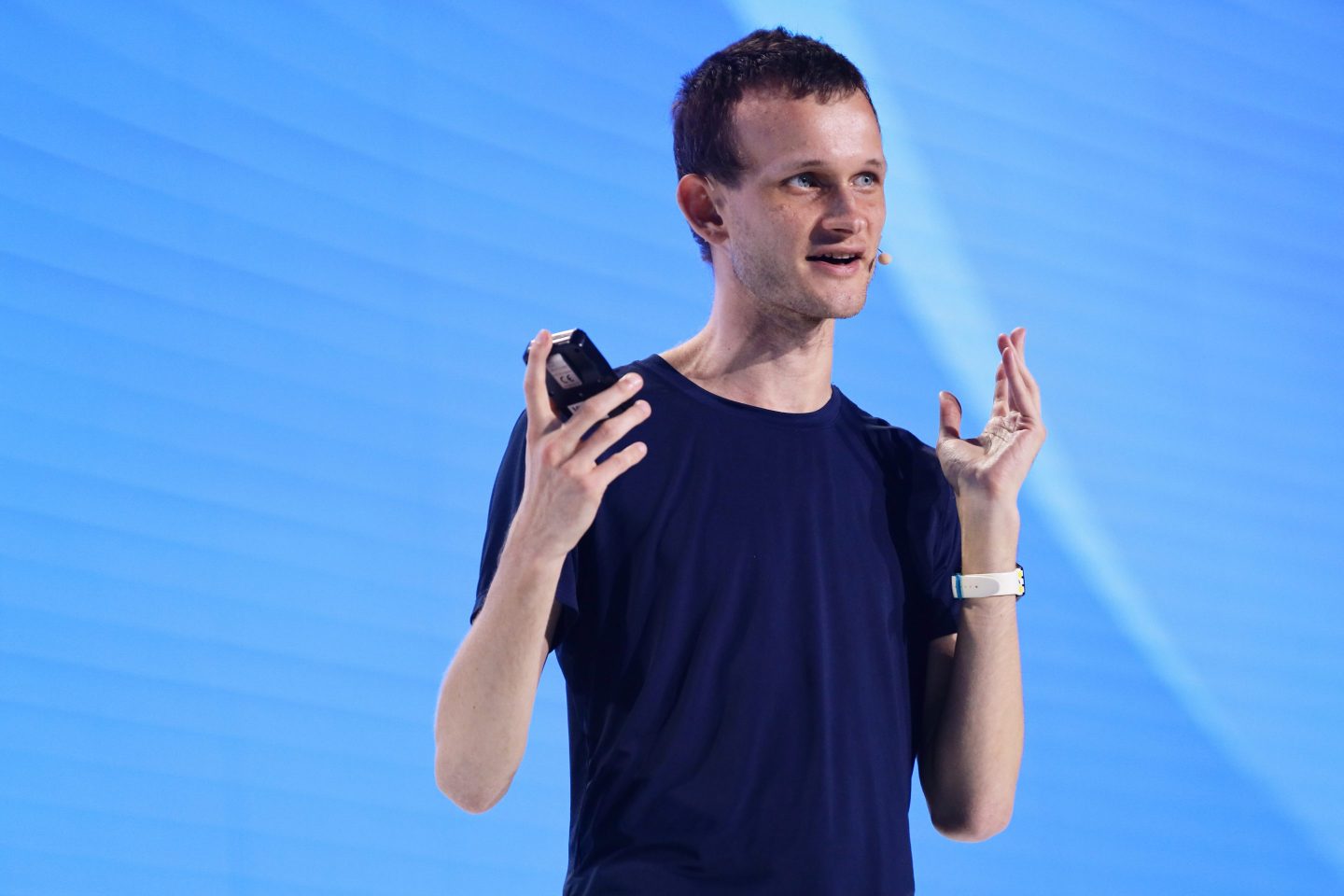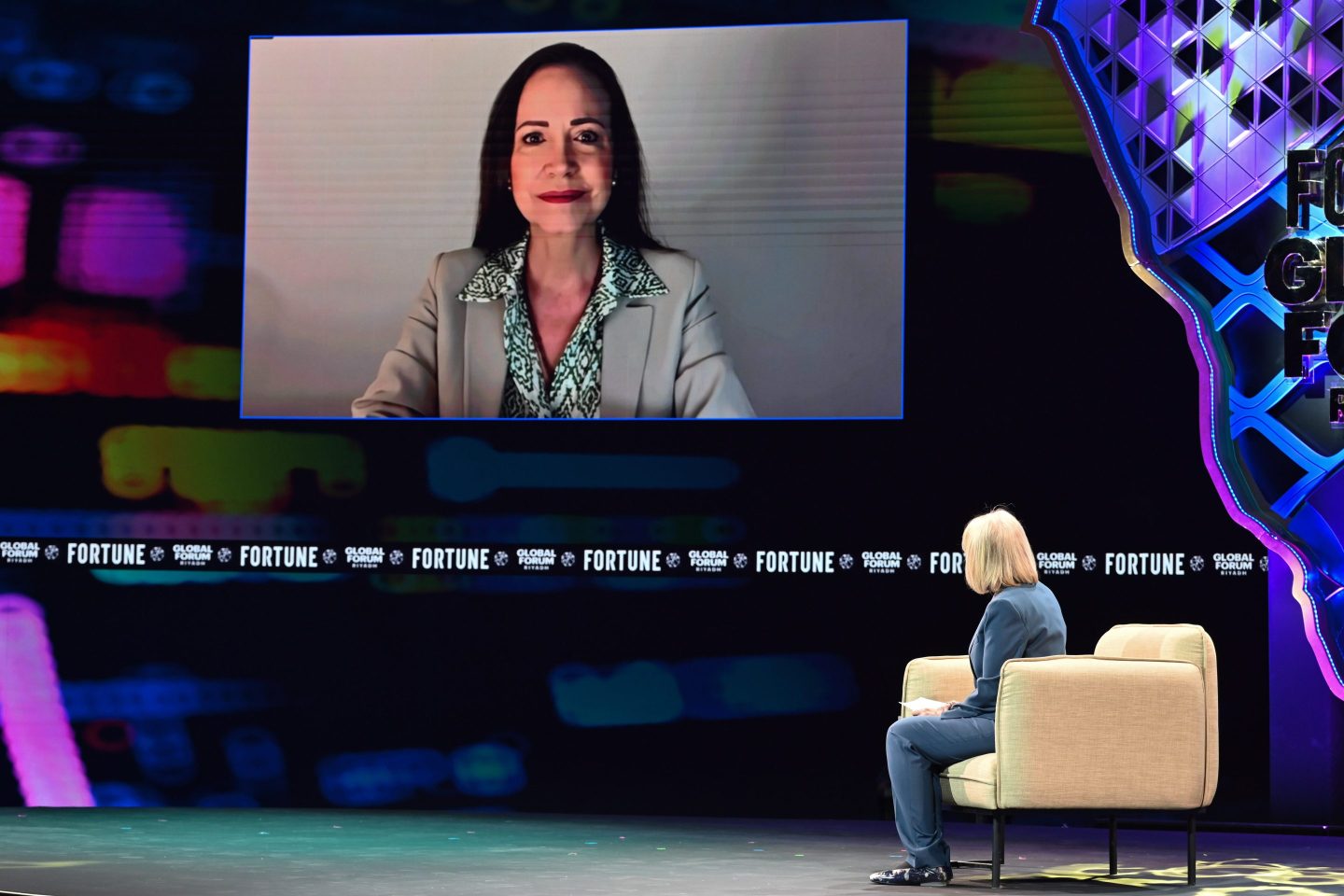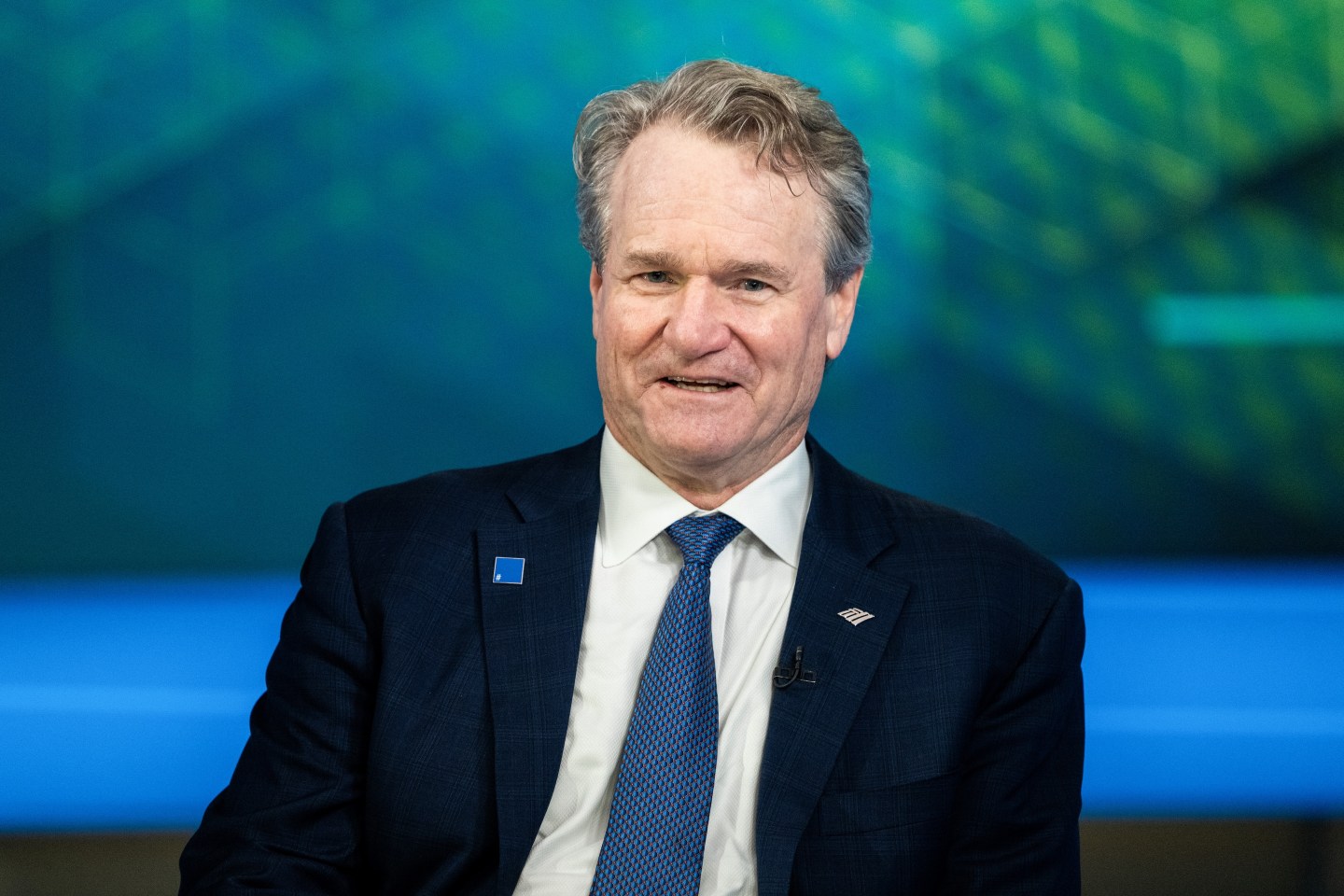Recently, I interviewed Ed McLaughlin, chief technology officer at payments giant Mastercard.
McLaughlin’s job has changed significantly since he joined the company nearly two decades ago. He currently oversees technology functions that are critical to Mastercard’s business such as the payments network, information security, and enterprise platforms, in a role that also combines his previous duties as chief information officer.
When I ask him what’s top of mind, he answers succinctly: “It’s security. It’s stopping fraud.” This doesn’t strike me as terribly surprising given that Mastercard processed $9 trillion worth of transactions globally last year. But, as McLaughlin goes on to explain, AI has completely changed the rules of the game when it comes to fighting fraud.
Not so long ago, companies like Mastercard relied on rules-based systems that looked at the types of fraud that happened in the past and established new rules to prevent it in the future. Over the past decade or so, Mastercard has developed more than a dozen techniques around machine learning and today, uses a recursive neural network that relies on generative techniques.
“Tools are weapons,” says McLaughlin. “It really is an arms race out there, as we see fraudsters and cyber attackers leveraging these powerful techniques too. We have to make sure that we’re making constant investments.”
This AI vs. AI war has led Mastercard to spend $7 billion on cybersecurity over the past five years, including AI tools that make it easier to spot fraud. A key element of success when working to prevent fraud is understanding the identity of legitimate people and using pattern recognition and predictions to determine which transactions are authentic. The U.S. is the most fraud-prone nation and last year the Federal Trade Commission received 416,582 reports from people who said their information was misused with either an existing credit card or when applying for a new one.
One popular form of financial fraud these days is synthetic identity theft, where scammers use real and fake information to create a new identity. Then there are tumbler attacks, which rely on new techniques to obfuscate the origin of funds for a transaction. To fight back, Mastercard is using AI to generate its own synthetics, testing for the fraud attempts that haven’t happened yet.
Last month Mastercard unveiled a new generative AI tool called Decision Intelligence Pro, which the company says can scan one trillion data points as it races (in less than 50 milliseconds) to predict whether transactions are legitimate. According to Mastercard, initial tests of the tool show that it can increase fraud detection rates on average by 20% and as high as 300% in some cases.
“The way the systems are working is always making predictions of what’s most likely to happen,” McLaughlin says. “And that’s why these generative techniques are so exciting, as they’re allowing us to make better predictions.”
American consumers lost a record $10 billion to fraud last year, a huge jump from $3.5 billion just three years earlier, according to the FTC. Globally, e-commerce fraud is projected to exceed $48 billion in 2023, Mastercard says. With so much money at stake, McLaughlin’s job is likely to involve fighting scammers for the foreseeable future; Every time a fraud vector is closed, the scammers find a new one to exploit thanks to evolving AI developments and techniques.
But it’s a chess game in which McLaughlin knows he needs to stay one step ahead of his opponents.
”We think it is just really, really, really important that we take advantage of this new technology in a way that the only losers are criminals,” says McLaughlin.
Thank you to all of our readers who reached out to share kind words about the debut of the Fortune CIO Intelligence newsletter last week. Please reach out to share IT industry data, new executive appointment news, or if you’d like to explore a potential conversation that can be featured here.
John Kell
Send thoughts or suggestions to CIO Intelligence here.
NEWS PACKETS
The lord of Meta sees all. Meta CTO Andrew ‘Boz’ Bosworth says CEO Mark Zuckerberg uses the “Eye of Sauron” when he’s determined that the project employees are working on is of the highest importance for Meta, a reference to The Lord of the Rings’s main villain that Zuckerberg has warmly embraced. “There is no detail too small for him to notice,” says Bosworth, who also discussed career advice and lessons from Meta’s recent downturn and turnaround. The comments, from a Lenny’s Podcast interview, were reported by Insider.
More vendors, more problems. CIOs are seeing a steady increase in the number of software vendors they are using, a trend that’s also raising worries about duplicative services and a possible loss of cost efficiencies. The Wall Street Journal reports that the belief that having more vendors makes companies less reliant on large ones and the hype around AI are some of the factors propelling an increase in software subscriptions.
Saudi Arabia’s $10 billion data centers deal. The Middle East nation announced that firms, including Amazon Web Services, will invest over $10 billion in building data centers in the country, as Saudi Arabia tries to modernize and diversify its energy-dependent economy. AWS plans to include spending $5.3 billion to create a new infrastructure region that will open in 2026 and help train local developers. Read the full story on Fortune.
EXCESSIVE AI
IT’s AI glut. 88% of IT pros say they are unable to support the amount of AI-related requests they receive across their organization, and nearly three in five believe stakeholders hold unreasonable expectations on the speed and agility of new tech implementation. The survey of 600 IT pros (conducted by Salesforce, which of course, is looking to sell more AI products to customers it says are overwhelmed), also found that one-third of IT workers say they lack the time to train AI models and algorithms. Business leaders may not want to hear it: 2024 is the year many are saying they want to see a return on investment for their generative AI investments.
JOBS RADAR
- KKR announced the appointment of Ruchir Swarup as a partner and chief information officer, effective immediately. Swarup will lead the private equity giant's efforts to embrace new technologies, scale existing technology, and reduce risk across the firm.
- The Social Security Administration named Marcela Escobar-Alava as the agency’s new chief information officer, with a start date of March 4.
- Onfleet announced Kjell Hedstrom has been named CTO, where he will lead Onfleet’s engineering team. Hedstrom previously held roles at Ganaz, Flowhub, and ClassPass.
- Generac Power Systems announced the appointment of Talal Butt as CIO. Butt will spearhead developing enterprise strategies for digital commerce, data and AI, IT infrastructure, cybersecurity, and global applications.
- OssDsign has appointed Tom Buckland, current VP of strategy, business development, and regulatory affairs, to the role of chief technical officer.
- LastPass named Asad Siddiqui as CIO, where he will provide direction for the creation and execution of IT and strategy and operating plans to support LastPass’ business strategy.
- Gorilla Logic announced Jeff Townes as CTO, leading the company’s digital engagement with customers and innovation.












